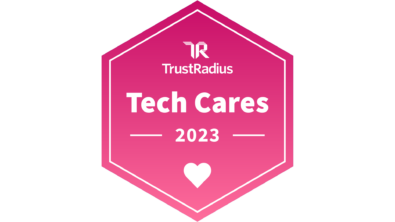How to manage today’s complex automotive PLM processes

In the automotive industry, innovations driven by safety, fuel economy and connectivity requirements are driving most of the value added content in a modern car. In fact, new component cost required to meet the fuel-economy regulations will be almost 16 times more compared to the last decade. How to introduce new lightweight materials and components is a major vehicle program challenge. The advantage will go to automakers that integrate lightweighting as part of the design process. In addition, innovations in this industry are increasingly driven by software and electronics. The amount of electronics and software content in a vehicle’s total value will reach 65% by 2025. Cars of future will be driven by software and electronics as much as the familiar mechanical components.
The majority of differentiating functions that we see in an automobile – such as the adaptive cruise control, lane assist, parking assistant – involve several major subsystems that interface with each other. Therefore, engineers must do their work and make decisions in the context of systems and its interactions with other systems.
Vehicle development process now includes designing and simulating electronics, software, mechanical systems as well as the physical environment in which it operates. Implementing these functionalities requires a new, systemic systems-driven product development approach. We need tools that can manage configurations of these different domain systems providing a closed-loop view of vehicle requirements, design and verification within and across disciplines.
Siemens PLM Software is focusing investments in automotive processes that help companies to realize innovations required for connected, intelligent vehicles. Products that form a “smart innovation platform” can enable digitalization of the entire vehicle development process. With this, systems behavior can be represented using intelligent models. Furthermore, these models can be simulated and validated to determine vehicle systems behavior regardless of which tools are used to build the models.
Check the video below to learn more about Siemens PLM Software solutions for the automotive industry.


